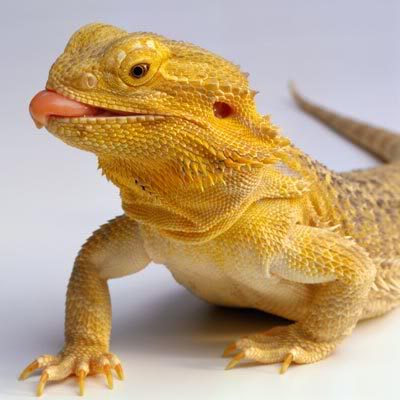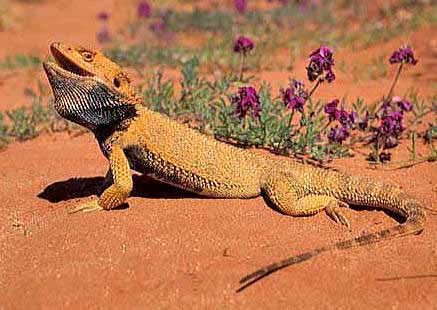Giant German Bearded Dragon: Your Ultimate Guide to Caring for this Unique Pet
Introduction
Are you looking for a unique pet to bring into your home? Look no further than the Giant German Bearded Dragon! As one of the largest and most visually striking species of reptiles, the Giant German Bearded Dragon is a popular choice for both beginners and experienced reptile enthusiasts. To help you properly care for your new pet, we’ve put together this ultimate guide to caring for your Giant German Bearded Dragon.
Appearance and Behavior
The Giant German Bearded Dragon is one of the largest species of bearded dragons, growing up to 24 inches in length. They are typically larger and more robust than other bearded dragon species, with a weight of up to 600 grams. These reptiles are known for their massive heads and strong jaws, which they use to consume their prey whole. They are also easily recognizable by their vibrant yellow and orange skin, which is covered in spiky scales.
As pets, Giant German Bearded Dragons are known for their docile and friendly temperament. They enjoy interacting with their owners and can become quite attached to them over time. They are also relatively easy to care for, making them a great choice for beginners.
Habitat and Enclosure
Giant German Bearded Dragons are native to the dry and arid regions of Australia, so it’s important to recreate their natural habitat in their enclosure. A 40-gallon tank is a good minimum size for an adult, with plenty of hides and basking spots. You’ll want to provide a heat lamp for basking in the 100-110F range and a UVB light for 10-12 hours a day. The tank substrate should be easy to clean and should not pose any danger to your bearded dragon if ingested. Calcium sand or reptile carpet works great as a substrate.

Diet and Feeding
As carnivorous animals, Giant German Bearded Dragons primarily feed on a diet of insects and small rodents. They require a balance of protein, calcium, and other nutrients in their diet to stay healthy. Live insects such as crickets, mealworms, and superworms can be fed to them, along with small rodents such as pinkie mice. Adult dragons will also benefit from leafy greens and vegetables such as kale, collard greens, and squash.
Handling and Socialization
Giant German Bearded Dragons are social creatures and enjoy spending time with their owners. When handling your bearded dragon, be sure to do so gently and slowly, supporting their body and never picking them up by their tail. Bearded dragons are also susceptible to stress, so be sure to create a calm and relaxed environment when handling them.
Health and Care
Like all pets, Giant German Bearded Dragons require regular care to keep them healthy. You should clean and sanitize their enclosure regularly, provide a balanced diet, and take them for regular check-ups with a reptile veterinarian. Be on the lookout for signs of illness, such as lethargy, lack of appetite, or abnormal behavior, and consult with your vet right away if you notice anything unusual.

Conclusion
The Giant German Bearded Dragon is a unique and striking pet that can make a great addition to any home. By following the tips in this ultimate guide, you can ensure that you’re providing the best possible care for your new pet. Remember to always handle your bearded dragon gently and provide plenty of love and attention. With proper care and attention, your Giant German Bearded Dragon can live a happy and healthy life by your side.
